Elephant Nose Fish (Gnathonemus petersii) – monsteraquariumonline
4.8 (772) In stock
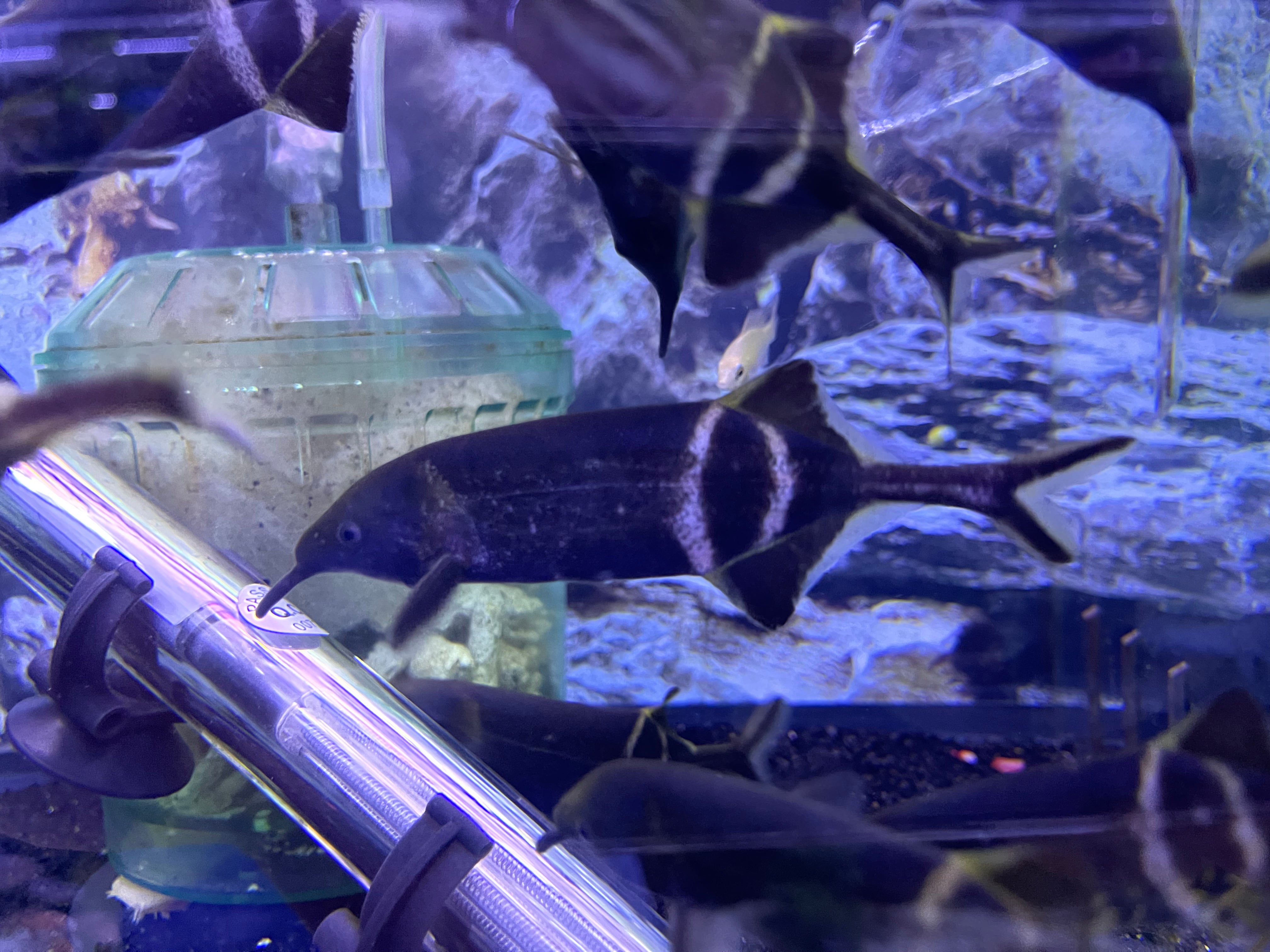
Elephant Nose Fish Elephant nose fish, also known as the elephantfish or Gnathonemus, is a unique species of freshwater fish that belongs to the family Mormyridae. These fish are native to various rivers and freshwater habitats across Africa, particularly in the Congo River basin and other parts of West Africa. Here ar
Elephant Nose Fish
Elephant nose fish, also known as the elephantfish or Gnathonemus, is a unique species of freshwater fish that belongs to the family Mormyridae. These fish are native to various rivers and freshwater habitats across Africa, particularly in the Congo River basin and other parts of West Africa.
Here are some key characteristics and features of the elephant nose fish:
-
Appearance: Elephant nose fish have a slender, elongated body that resembles the shape of an elephant's trunk, hence their name. They typically grow to about 4 to 8 inches (10 to 20 cm) in length, depending on the species. Their bodies are usually dark brown or black in coloration.
-
Trunk-like appendage: The most distinctive feature of the elephant nose fish is its long, flexible appendage called the electroreceptive chin appendage or electroreceptor. This appendage is located beneath the mouth and is used for electrolocation, which allows the fish to navigate and find prey in dark or murky waters.
-
Electric organ: Elephant nose fish possess an electric organ known as the electric organ discharge (EOD) system. This organ produces weak electric fields that are used for electrocommunication and locating objects in their surroundings. They generate weak electrical pulses and interpret the signals that bounce back, enabling them to detect obstacles, prey, and even communicate with other fish of their species.
-
Sensory perception: Elephant nose fish have an excellent sensory perception system. Their electroreceptors are highly sensitive and can detect minute changes in the electric field. This adaptation helps them locate prey, avoid predators, and navigate through their environment.
-
Behavior: These fish are primarily nocturnal, preferring to be active during the nighttime. During the day, they tend to hide in dense vegetation or among rocks and tree roots. They are generally peaceful but can be territorial, especially during breeding season.
-
Diet: Elephant nose fish are omnivorous, feeding on a variety of food sources. They primarily consume small invertebrates such as worms, crustaceans, and insect larvae. They may also eat some plant matter and algae.
-
Aquarium care: Keeping elephant nose fish in an aquarium requires special considerations. They need a large tank with plenty of swimming space and hiding spots. The water should be clean and well-filtered, and the tank should be adequately heated to maintain a stable temperature. Elephant nose fish are sensitive to water conditions, so regular water changes are crucial. They are best kept with peaceful tankmates and should not be housed with aggressive or fin-nipping fish.
-
Breeding: Breeding elephant nose fish in captivity can be challenging due to their specific environmental requirements. To encourage breeding, a separate breeding tank with subdued lighting and fine-leaved plants is recommended. The water parameters should be carefully maintained, and a nutritious diet should be provided. Males may construct nests out of plant material, and spawning occurs with the male wrapping his body around the female to release eggs and sperm.
Elephant nose fish are fascinating creatures, known for their unique sensory adaptations. They have become popular among aquarium enthusiasts who appreciate their distinctive appearance and intriguing behavior.
Elephant Nose Fish Elephant nose fish, also known as the elephantfish or Gnathonemus, is a unique species of freshwater fish that belongs to the family Mormyridae. These fish are native to various rivers and freshwater habitats across Africa, particularly in the Congo River basin and other parts of West Africa. Here are some key characteristics and features of the elephant nose fish: Appearance: Elephant nose fish have a slender, elongated body that resembles the shape of an elephant's trunk, hence their name. They typically grow to about 4 to 8 inches (10 to 20 cm) in length, depending on the species. Their bodies are usually dark brown or black in coloration. Trunk-like appendage: The most distinctive feature of the elephant nose fish is its long, flexible appendage called the electroreceptive chin appendage or electroreceptor. This appendage is located beneath the mouth and is used for electrolocation, which allows the fish to navigate and find prey in dark or murky waters. Electric organ: Elephant nose fish possess an electric organ known as the electric organ discharge (EOD) system. This organ produces weak electric fields that are used for electrocommunication and locating objects in their surroundings. They generate weak electrical pulses and interpret the signals that bounce back, enabling them to detect obstacles, prey, and even communicate with other fish of their species. Sensory perception: Elephant nose fish have an excellent sensory perception system. Their electroreceptors are highly sensitive and can detect minute changes in the electric field. This adaptation helps them locate prey, avoid predators, and navigate through their environment. Behavior: These fish are primarily nocturnal, preferring to be active during the nighttime. During the day, they tend to hide in dense vegetation or among rocks and tree roots. They are generally peaceful but can be territorial, especially during breeding season. Diet: Elephant nose fish are omnivorous, feeding on a variety of food sources. They primarily consume small invertebrates such as worms, crustaceans, and insect larvae. They may also eat some plant matter and algae. Aquarium care: Keeping elephant nose fish in an aquarium requires special considerations. They need a large tank with plenty of swimming space and hiding spots. The water should be clean and well-filtered, and the tank should be adequately heated to maintain a stable temperature. Elephant nose fish are sensitive to water conditions, so regular water changes are crucial. They are best kept with peaceful tankmates and should not be housed with aggressive or fin-nipping fish. Breeding: Breeding elephant nose fish in captivity can be challenging due to their specific environmental requirements. To encourage breeding, a separate breeding tank with subdued lighting and fine-leaved plants is recommended. The water parameters should be carefully maintained, and a nutritious diet should be provided. Males may construct nests out of plant material, and spawning occurs with the male wrapping his body around the female to release eggs and sperm. Elephant nose fish are fascinating creatures, known for their unique sensory adaptations. They have become popular among aquarium enthusiasts who appreciate their distinctive appearance and intriguing behavior.

Elephant Nose (Gnathonemus petersii) 8cm - Aquarium Central
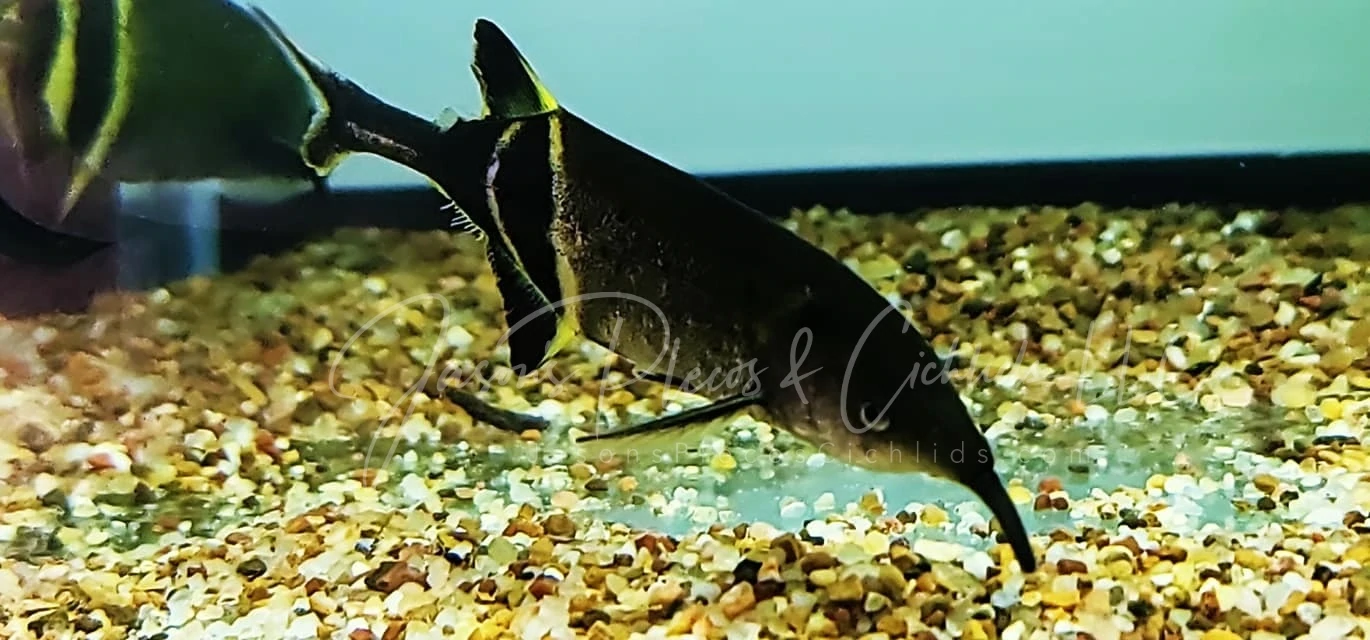
Peters Elephant Nose Fish - (Gnathonemus petersii)

Elephant Nose: Tropical Fish for Freshwater Aquariums
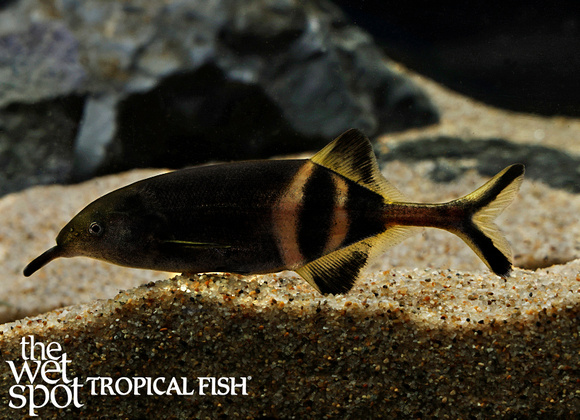
Gnathonemus petersii - Tropical Freshwater Fish For Sale Online - The Wet Spot Tropical Fish
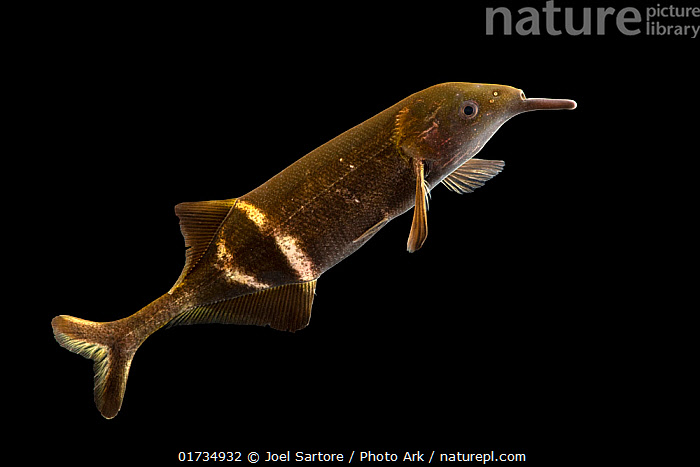
Stock photo of Elephant nose fish (Gnathonemus petersii) portrait, Medicine Park Aquarium…. Available for sale on

Elephantnose Images – Browse 171 Stock Photos, Vectors, and Video
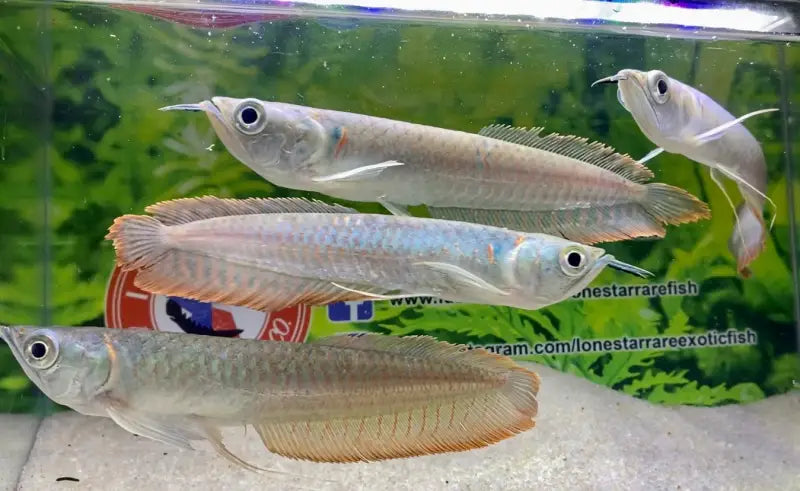
All Livestock
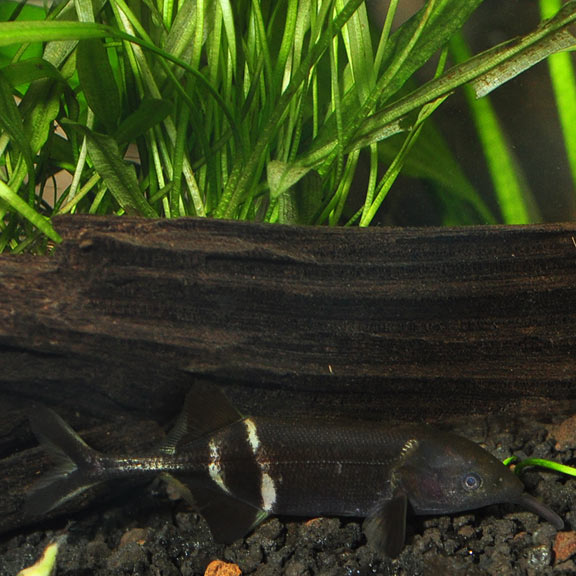
Elephant Nose: Tropical Fish for Freshwater Aquariums
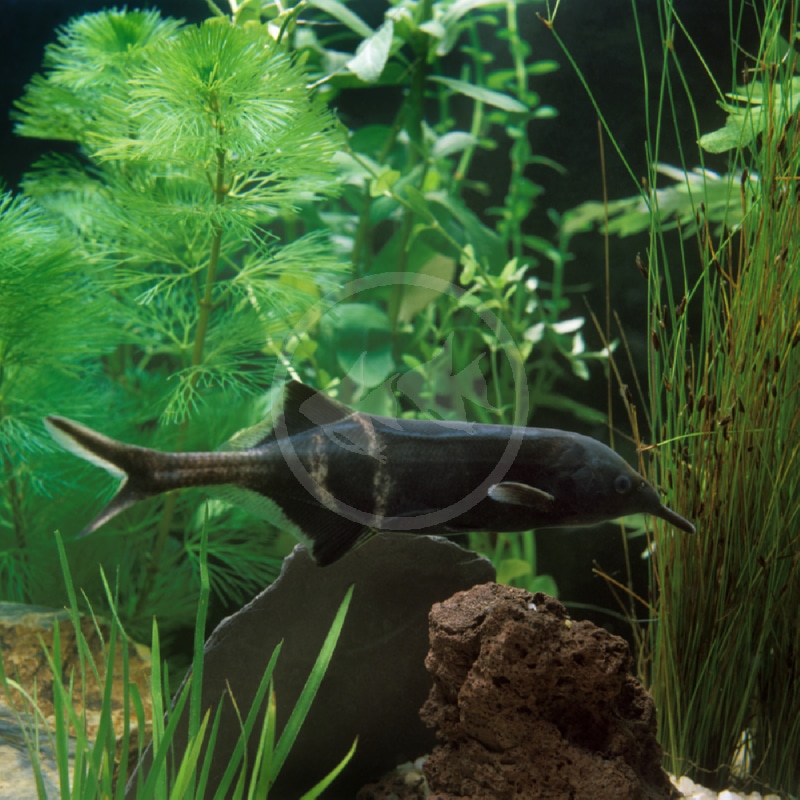
MISC - ELEPHANT NOSE Gnathonemus petersii - Aquatics Unlimited
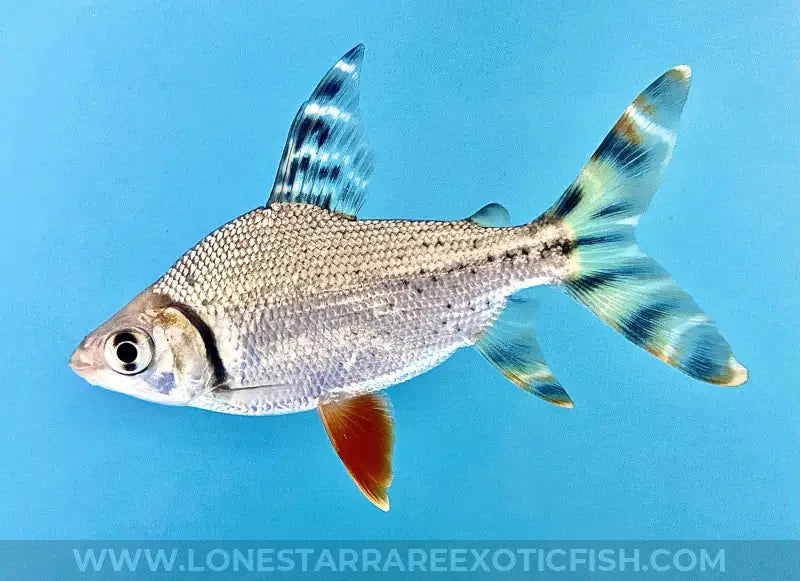
Rare Exotic Tropical Freshwater Fish For Sale Online
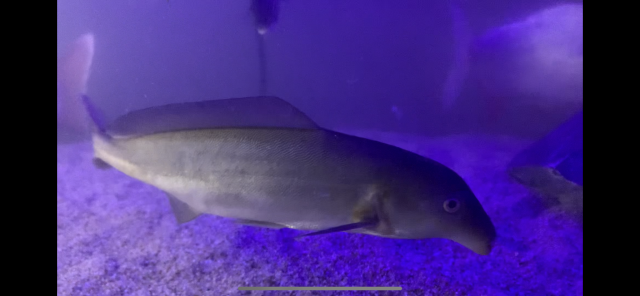
Super aggressive Freshwater Dolphin fish (Mormyrid)

Elephant Nose Fish (Gnathonemus petersii): Ultimate Care Guide - Fish Laboratory
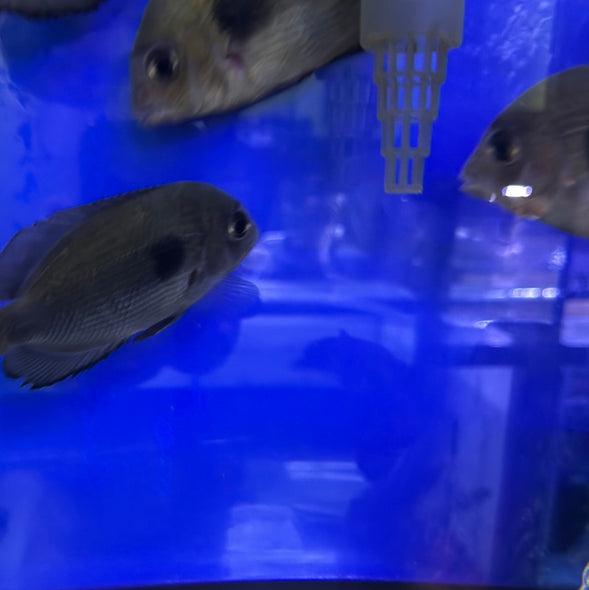
Buy Rare Oddballs Fish Online - Monster aquarium – monsteraquariumonline
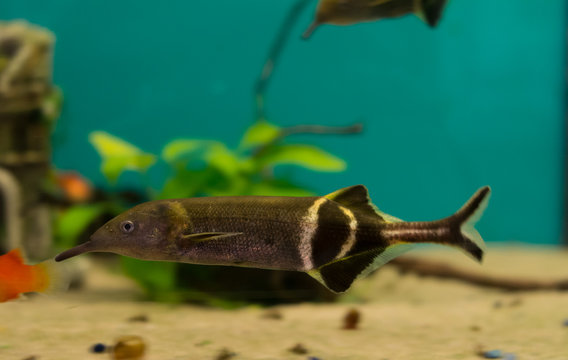
Elephantnose Images – Browse 171 Stock Photos, Vectors, and Video
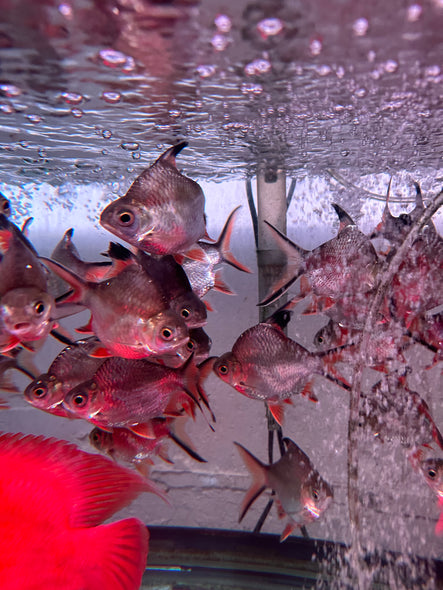
Buy Rare Oddballs Fish Online - Monster aquarium – monsteraquariumonline
Engineers surprised by the power of an elephant's trunk
Elephant Communication - Phang Nga Elephant Park
 Por que meu cachorro me segue em todos os lugares? - Blog - Tutti Pet
Por que meu cachorro me segue em todos os lugares? - Blog - Tutti Pet Women's Front Snap Bra, Medium Support and Removable Pad Tank Sleep Top for BC Cup (32BC, Dark Blue) at Women's Clothing store
Women's Front Snap Bra, Medium Support and Removable Pad Tank Sleep Top for BC Cup (32BC, Dark Blue) at Women's Clothing store European Girl Cute Face Big Breasts Stock Photo 1510151360
European Girl Cute Face Big Breasts Stock Photo 1510151360 Men's Christmas Briefs, Santa Clause Humorous Boxers Soft Cotton Stretch Underwear No Ride up Boxer for Men, Funny Boxers Christmas Valentine's Birthday Gag Gifts Red, Red, One Size : : Clothing, Shoes
Men's Christmas Briefs, Santa Clause Humorous Boxers Soft Cotton Stretch Underwear No Ride up Boxer for Men, Funny Boxers Christmas Valentine's Birthday Gag Gifts Red, Red, One Size : : Clothing, Shoes- Zalando LinkedIn
 My Pick of the 5 Best Yoga Retreats in Canada - Global Gallivanting Travel Blog
My Pick of the 5 Best Yoga Retreats in Canada - Global Gallivanting Travel Blog
